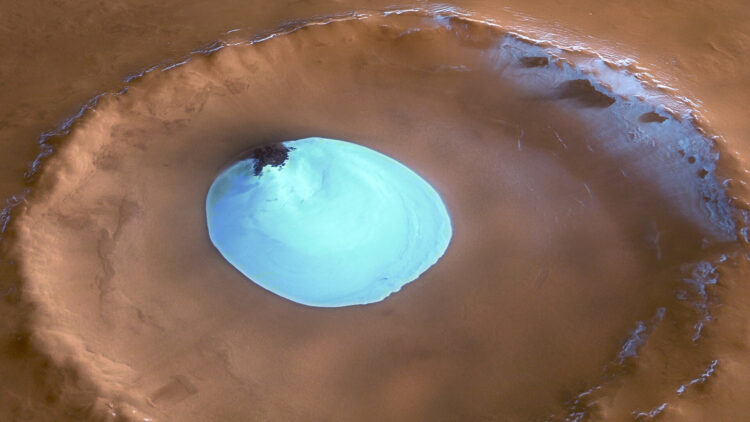Of all the ingredients for life, water is one of the most essential. Recent studies have uncovered compelling evidence suggesting that liquid water might still exist beneath the surface of Mars, opening up fascinating possibilities for habitability. As scientists explore these findings, they are not only reevaluating our understanding of Mars’ history but also considering the potential for life on the Red Planet.
The historic pursuit of water on Mars
Since the late 19th century, the concept of water on Mars has fascinated both scientists and the public alike. Astronomer Percival Lowell was among the first to propose the existence of canals that would transport water across the planet, hinting at advanced civilizations.
While subsequent observations disproved Lowell’s theory, the quest for liquid water remained an important inquiry into Martian habitability.
Historically, Mars is thought to have hosted rivers, lakes, and possibly oceans. However, as its atmosphere thinned over billions of years, much of its surface water disappeared. Recent seismic data from NASA’s InSight lander has provided new information, revealing the presence of water-saturated fractures within the Martian mid-crust, located about seven to 12 miles beneath the surface.
This discovery challenges previous beliefs about Mars’ arid nature.
Seismic data insights: Exploring the potential for life
Led by Dr. Vashan Wright of the University of California, a research team from the San Diego Scripps Institution of Oceanography analyzed seismic waves generated by over 1,300 “Marsquakes” recorded by InSight. They used advanced techniques to interpret the data, suggesting that thin fractures in igneous rock filled with liquid water best explained the seismic activity.
“Understanding the Martian water cycle is critical for understanding the evolution of the climate, surface, and interior,” says Wright, emphasizing the importance of geophysical measurements in mapping water distribution on Mars.
High pressure and temperature conditions in the mid-crust create an environment where liquid water could exist offering a haven for life.
The discovery of liquid water in the Martian crust opens avenues in the search for extraterrestrial life. If microbial life existed on the Red Planet, it may have thrived in subsurface waters as surface conditions became increasingly inhospitable.
“While available data are best explained by a water-saturated mid-crust, our results highlight the value of geophysical measurements and better constraints on the mineralogy and composition of Mars’ crust,” the study’s authors stated.
Additionally, the presence of subsurface water enriches our knowledge of Mars’ climate history. Understanding these reservoirs is essential for future space missions, particularly those focusing on studying the planet’s habitability and resources.
Challenges ahead in delving deeper beneath Mars’ crust
Despite these findings, major obstacles lie ahead in exploring Mars’ concealed water resources. Current drilling technologies may not be sufficient enough to reach depths of up to six to 12 miles.
Innovative strategies—such as utilizing mud volcanoes or cutting-edge geophysical instruments like ground-penetrating radar—are being considered to locate and investigate these underground water sources.
“Despite our best efforts to prove otherwise, Mars still remains a cold, dry, and utterly uninhabitable desert,” says Vincent Chevrier, one of the researchers involved in the study.
However, these discoveries challenge that perspective, implying a more dynamic environment that could support life.
As scientists continue their seismic data analysis and explore Martian geology, the discovery of liquid water beneath the surface represents a pivotal moment in our understanding of Mars. This finding not only alters our perception of the Red Planet but also ignites further questions about the possibilities for life beyond Earth. The journey to unveil Mars’ secrets is far from over, and each new revelation brings humanity one step closer to the chance of finding extraterrestrial life.

